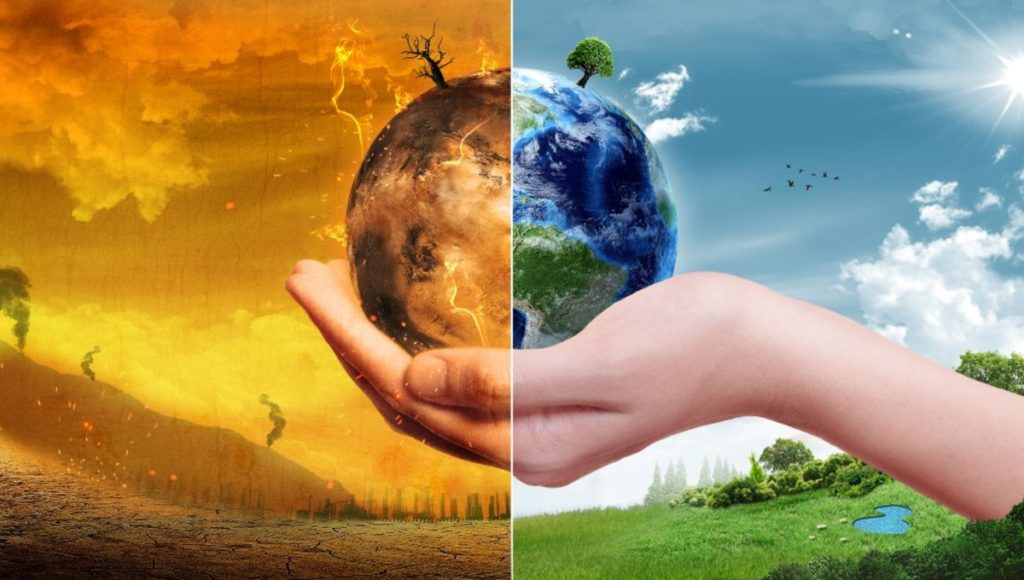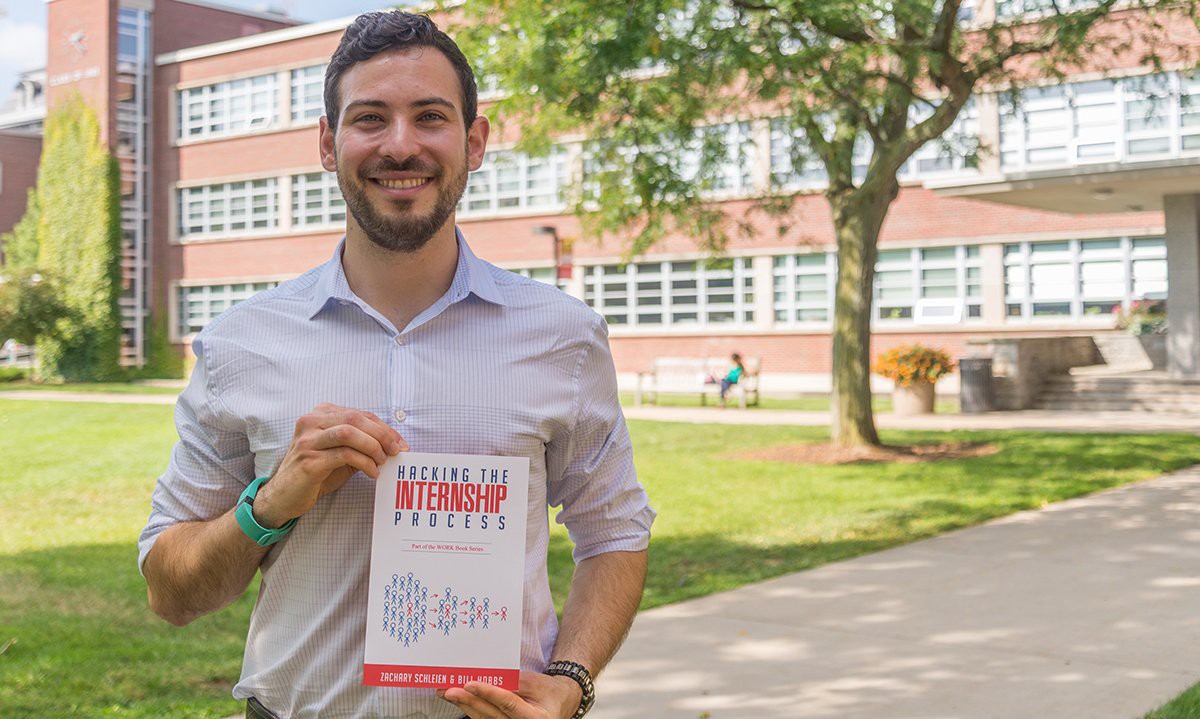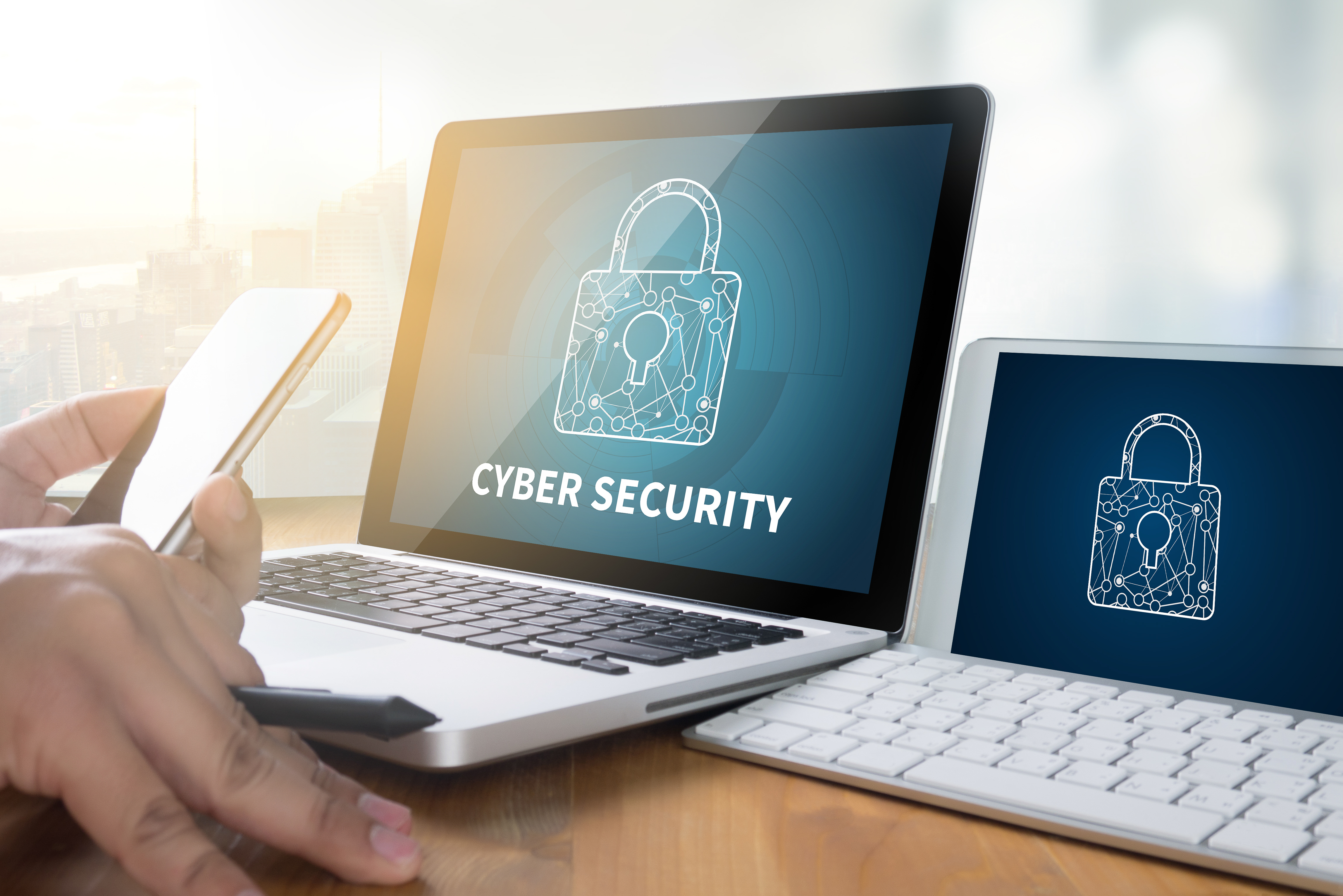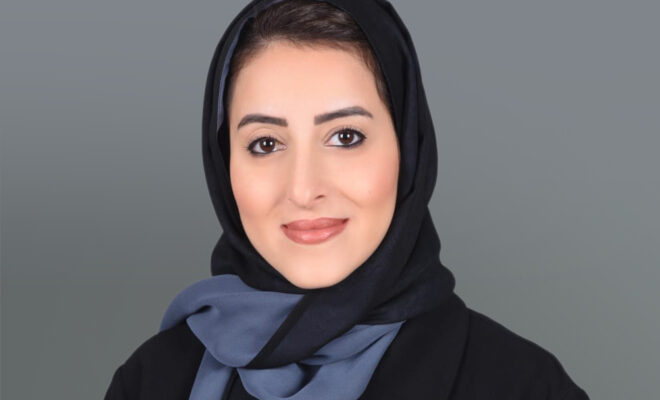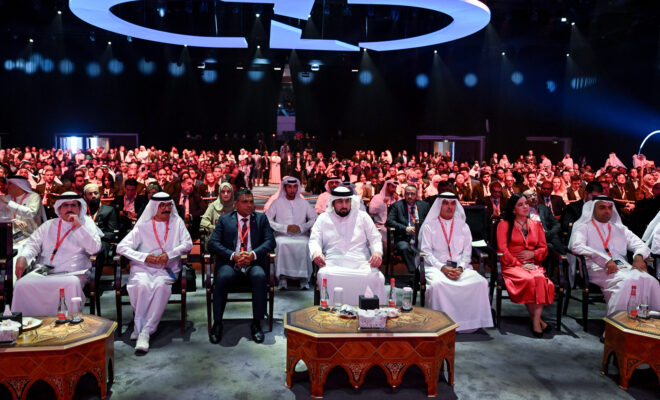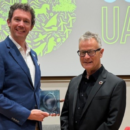Saving the Planet, One Step at a Time – An Interview with Terry Tamminen

Please tell us more about the scope of your work as an author, lecturer and strategist on energy and the environment.
 I began my career in real estate, but in 1993, I decided to follow my passion for environmental protection; especially for our ocean resources and founded the non-profit Santa Monica BayKeeper to protect the coastal waters of California. Working with other activists, university law schools and academics for over a decade, I realized the biggest changes can be made in government; so in 2003, I accepted the appointment by Governor Arnold Schwarzenegger to be the Secretary of the California Environmental Protection Agency. Together we created the Hydrogen Highway Network to electrify transportation in the state, the Million Solar Roofs initiative, California’s landmark Global Warming Solutions Act of 2006 and the creation of over a million acres of “ocean parks” along California’s coastline.
I began my career in real estate, but in 1993, I decided to follow my passion for environmental protection; especially for our ocean resources and founded the non-profit Santa Monica BayKeeper to protect the coastal waters of California. Working with other activists, university law schools and academics for over a decade, I realized the biggest changes can be made in government; so in 2003, I accepted the appointment by Governor Arnold Schwarzenegger to be the Secretary of the California Environmental Protection Agency. Together we created the Hydrogen Highway Network to electrify transportation in the state, the Million Solar Roofs initiative, California’s landmark Global Warming Solutions Act of 2006 and the creation of over a million acres of “ocean parks” along California’s coastline.
When our term ended seven years later, I wanted to help other governments especially other states and regional authorities to develop their own environmental and climate solutions, emphasizing the economic development opportunities around clean/ efficient energy and waste reduction, so I co-founded two new NGOs: Seventh Generation Advisors (www.7thgenerationadvisors. org ) and R20 Regions of Climate Action (www.Regions20.org ) to share “lessons learned” globally.
Let me first say that the planet doesn’t need saving – – more than 98% of all plant and animal life ever to appear on earth has gone extinct before the arrival of industrial humans, so it will be fine without us. We need to save the quality of our lives on this planet before it’s too late.
But despite these accomplishments, my impact on the planet might be greatest from taking these experiences and applying them to business and finance. By influencing companies and investors to add sustainability to their supply chains and practices, I was able to help Walmart, Proctor & Gamble, Pegasus Capital Advisors, and several pension funds, to become “greener” and to implement measurable, large-scale, low-carbon and climate resilient economic development projects that can simultaneously solve the climate crisis and build a sustainable global economy.
Finally, no matter how important your message and mission might be, it won’t mean much unless it is communicated, so I was honored to help global celebrities including Leonardo DiCaprio, Jane Goodalland President Obama to develop and amplify their goals, policies, and success stories, so all the world could learn and be inspired.
I also realized that books can communicate and influence people from many walks of life, so I authored Lives Per Gallon: The True Cost of Our Oil Addiction (Island Press), to examine our dependence on oil and a strategy to evolve to more sustainable energy sources; Cracking the Carbon Code: The Keys to Sustainable Profits in the New Economy (Palgrave), which shows how to find the low carbon products and services that save money, get ahead of regulations and preserve resources for generations to come; and Watercolors: How JJ the Whale Saved Us (Seventh Generation Press) which follows the life of a rescued whale that today faces challenges of climate change impacts to our global oceans.
You have been recognized as an Environmental Hero and one of the Top 50 People who can save the planet, but what does it really take to save the planet?
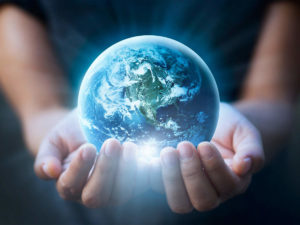 Let me first say that the planet doesn’t need saving more than 98% of all plant and animal life ever to appear on earth has gone extinct before the arrival of industrial humans, so it will be fine without us. We need to save the quality of our lives on this planet before it’s too late. Indeed, for many people and animals, it’s already too late. The impacts of climate change, pollution and over- use of Nature’s bounty have cost the health and lives of many. To reverse this trend, indeed this existential threat, we need to make everyone understand that they need to be a part of the solution, since we have all been a part of the problem! Even small changes in our daily lives how we use energy, food, water, consumer items (especially plastic) can add up to making the world sustainable. But that alone won’t be enough, because the population is growing, so more people using more resources, even efficiently, risks the planet running out of ways to sustain us. So we need innovation and bold, creative entrepreneurs to dedicate themselves to developing new tools for making more with less, for sharing our knowledge, and for ending the concept of “waste” (think about how much food, water, and resources go to landfills every day – – all materials we could use over and over again with new technologies, products, and services).
Let me first say that the planet doesn’t need saving more than 98% of all plant and animal life ever to appear on earth has gone extinct before the arrival of industrial humans, so it will be fine without us. We need to save the quality of our lives on this planet before it’s too late. Indeed, for many people and animals, it’s already too late. The impacts of climate change, pollution and over- use of Nature’s bounty have cost the health and lives of many. To reverse this trend, indeed this existential threat, we need to make everyone understand that they need to be a part of the solution, since we have all been a part of the problem! Even small changes in our daily lives how we use energy, food, water, consumer items (especially plastic) can add up to making the world sustainable. But that alone won’t be enough, because the population is growing, so more people using more resources, even efficiently, risks the planet running out of ways to sustain us. So we need innovation and bold, creative entrepreneurs to dedicate themselves to developing new tools for making more with less, for sharing our knowledge, and for ending the concept of “waste” (think about how much food, water, and resources go to landfills every day – – all materials we could use over and over again with new technologies, products, and services).
What are the issues that you grapple with on a day to day basis or what are the challenges of being an environmental advocate?
Perhaps the biggest issue we deal with is the sense by people in all walks of life that they can’t make a difference to such huge global challenges. In fact, no big changes ever happened without the spark of innovation of a few, which led to movements and positive change in the entire world. And where would we be if Edison believed the critics and never invented a practical lightbulb? What if Elon Musk had listened to critics and never invented a “sexy” electric car! As advocates, we have to overcome the sense of powerlessness or of being alone in truth, everyone wants a healthier life and planet, wants to leave the world better than they found it. Only by leading the way, taking chances, and always innovating, can we be the change we want to see in the world.
What is your vision/ dream for the environment?
There is no reason – – given modern science, technology, and global connectivity – – that we can’t set a goal (and achieve it) of everyone on earth having access to clean air, clean water, healthy and adequate food supplies, and productive, positive jobs in a truly sustainable world by 2030. We should accept nothing less.
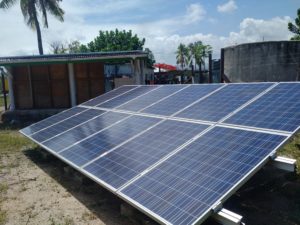 What advice can you give to entrepreneurs/startups, especially those who are taking on environmental/ agri- tech issues?
What advice can you give to entrepreneurs/startups, especially those who are taking on environmental/ agri- tech issues?
There’s no greater challenge or opportunity than creating sustainable, healthy food supplies for a growing population worldwide, but with new science and technology around regenerative agriculture, there’s no reason we can’t achieve that goal. For generations, we have produced healthy abundant food on sustainable soils by harnessing the power of nature, rather than modern practices of sterilizing our soils and supplementing them with expensive, often toxic, petro-chemical fertilizers and pesticides/herbicides.
Getting back to “regenerative” farming practices will ensure sustainable food supplies for generations to come, especially in a climate change- challenged world of more intense droughts and other impacts to farms and gardens. Modern technology innovators can help for example, micro-monitoring systems can help farmers target water and organic fertilizers to where they’re needed and prevent pollution of nearby water and land, so entrepreneurs will be needed to develop the products and businesses of the farming future.
For more information:
http://en.wikipedia.org/wiki/
Terry_Tamminen


